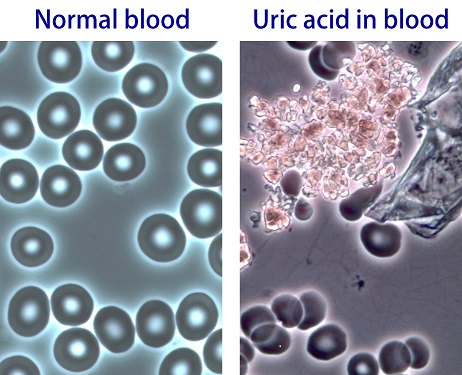Inflammation is a natural, thriving mechanism of the immune system. Acute inflammatory response is a way to fire at and ward off disease and infection, as well as to fuel cellular regeneration. We all require a healthy measure of inflammation in order to survive. What happens when the body feels as though it is constantly under an attack of some sort? What if the inflammatory response persists and you are plagued with an incessant slow burning fire inside of you? This is precisely when a good thing, goes bad.
The body is amazingly resilient, but relies solely upon communication between the major systems within the body (the endocrine, digestive, respiratory/cardiovascular, and the central nervous system) in order to function and heal properly. When chronic inflammation is present, these systems can no longer communicate, and disease is






